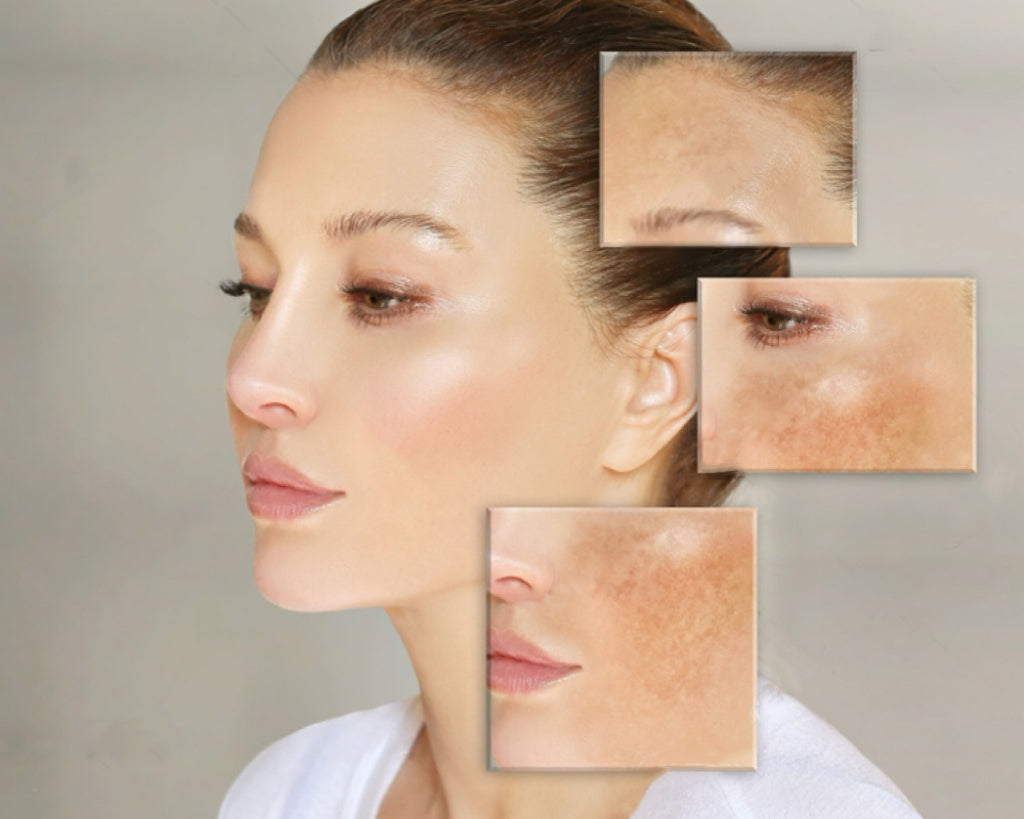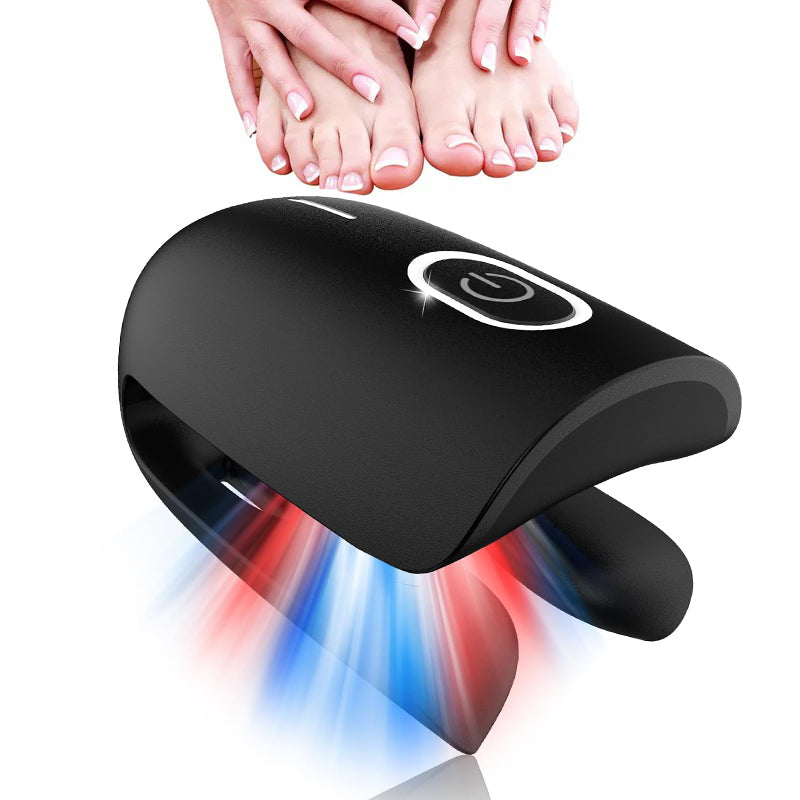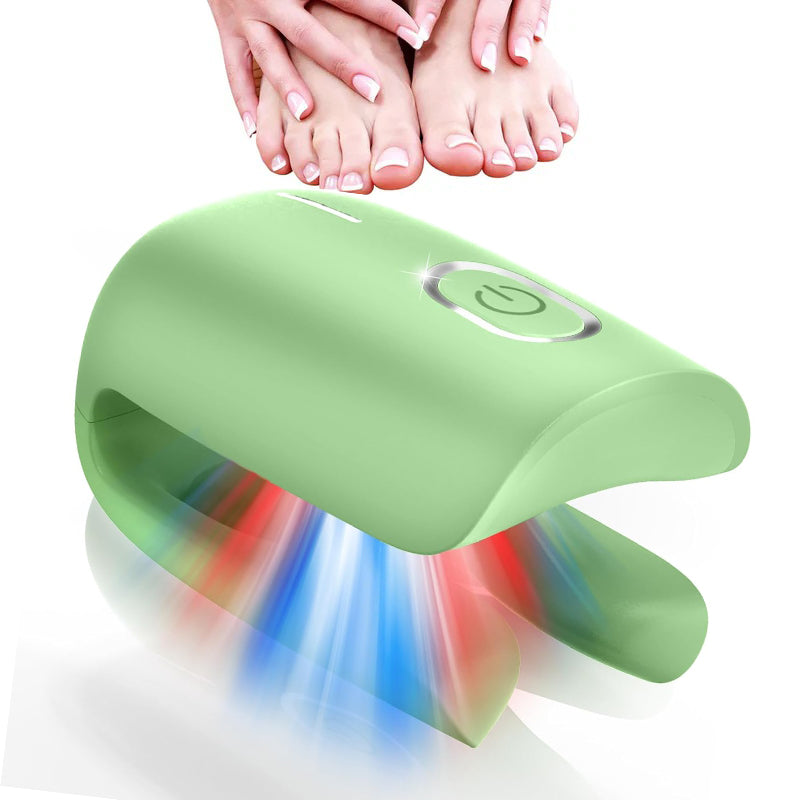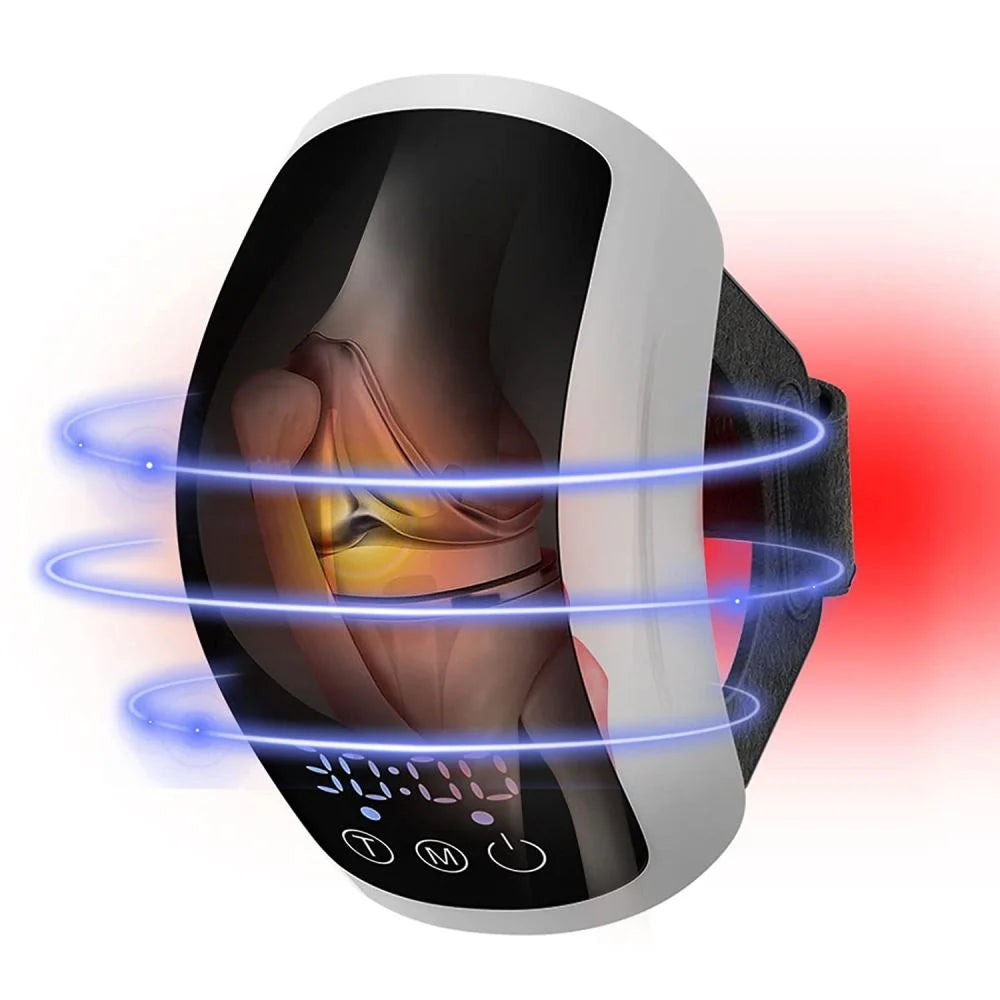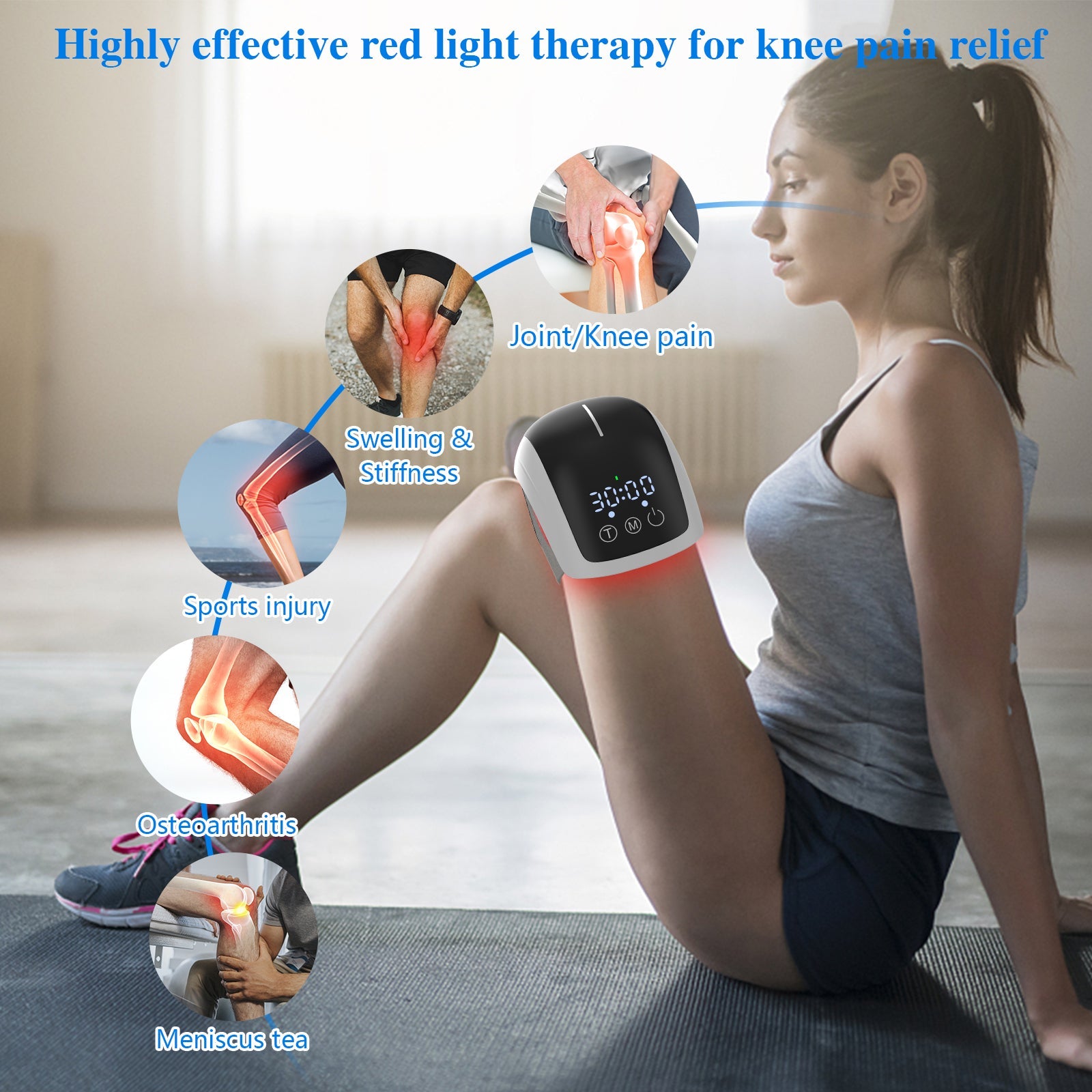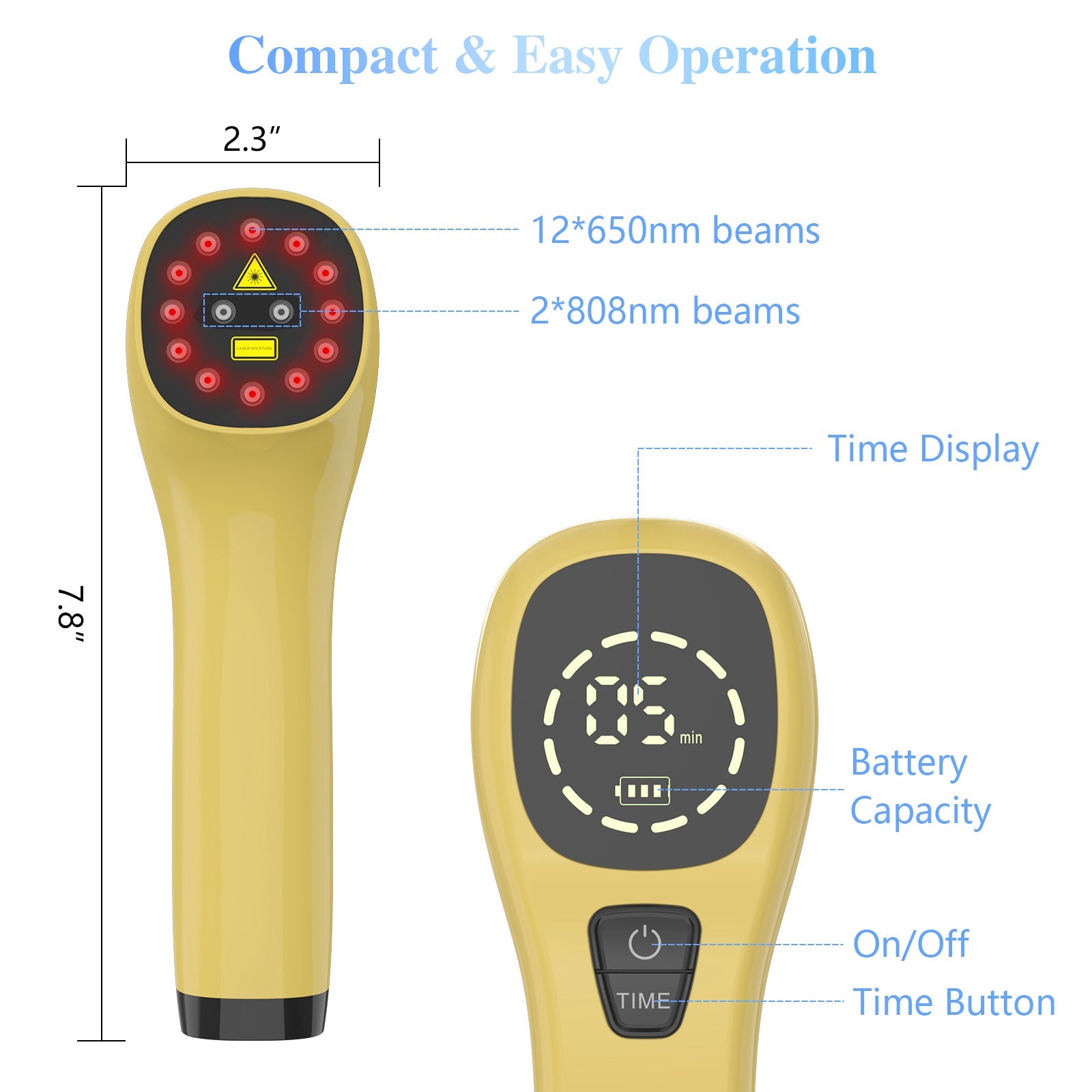Introduction
- What is Red Light Therapy?
Red light therapy, commonly known as low-level laser therapy (LLLT) or photobiomodulation, entails exposure to low levels of red or near-infrared light. This non-invasive treatment is believed to stimulate cellular energy production by interacting with mitochondria, the tiny powerhouses within cells. When certain types of light shine on them, mitochondria make more adenosine triphosphate (ATP), which is like fuel for cells. This heightened energy production is thought to facilitate cellular repair processes and promote tissue healing.
- What is Chiropractic Therapy?
Chiropractic therapy is a hands-on approach to healthcare that focuses on the diagnosis and treatment of musculoskeletal disorders, particularly spinal misalignments or subluxations. Chiropractors fix body alignment by using hands-on adjustments. This helps reduce pain and make the body work better. They believe that when the spine and other bones are in the right place, the body can heal on its own, without needing drugs or surgery. Chiropractors think that when your spine is not in the right place, it can mess up how your nerves work, causing different health problems.
- Benefits of Red Light Therapy
Red light therapy is gaining recognition for its potential benefits in managing spinal disorders. It has shown promising results in alleviating back pain, neck pain, and other musculoskeletal issues associated with spinal conditions. Research findings suggest that red light therapy may improve blood circulation, diminish inflammation, and stimulate collagen production, all crucial for maintaining spinal health. Moreover, red light therapy is widely recognized for its non-invasive, painless nature, making it an appealing option for individuals seeking relief from spinal discomfort and related conditions.
- Benefits of Chiropractic Therapy
Chiropractic therapy is renowned for its effectiveness in alleviating back pain, headaches, neck pain, and other musculoskeletal problems. It aims to restore mobility, improve function, and enhance overall well-being without the need for medications or surgery. Chiropractic adjustments can fix spine alignment, ease nerve pressure, and make it easier for the body to heal itself. Many individuals seek chiropractic care for acute and chronic pain management, as well as for maintaining spinal health and overall wellness.
Can Red Light Therapy Replace Chiropractic Therapy?
- How Red Light Therapy Works
Red light therapy for spinal diseases primarily works through photochemical effects. When used to treat spinal diseases, red light therapy involves the emission of red light waves from specialized treatment instruments. These light waves penetrate the skin and are absorbed by the mitochondria within cells. As the "powerhouse" of cells, mitochondria increase their hydrogen peroxide enzyme activity after absorbing red light, thereby enhancing cellular metabolism and synthesis capabilities.
For spinal diseases, red light therapy can promote blood circulation and metabolism in the affected area, relaxing the surrounding muscles and relieving symptoms such as soreness and limited mobility. Additionally, red light irradiation has anti-inflammatory and analgesic effects, providing relief for inflammation and pain in the spine.
However, the effectiveness of red light therapy varies depending on individual physical conditions and the severity of the disease. Therefore, before undergoing red light therapy, patients need to undergo a comprehensive examination at the hospital to assess the severity of their condition and adjust the red light wavelength under the guidance of a doctor. During treatment, patients should also follow the doctor's advice, maintain the correct position, and avoid discomfort such as erythema, blisters, and burns.
Overall, red light therapy has scientific support and clinical effects in the treatment of spinal diseases, but it should be performed under the supervision of a professional doctor to ensure the safety and effectiveness of the treatment. Additionally, patients should maintain good lifestyle habits and avoid maintaining poor posture for extended periods to prevent the occurrence and recurrence of spinal diseases.
- How Chiropractic Therapy Works
Chiropractic therapy primarily focuses on spinal manipulation to restore proper alignment and function. By applying controlled force to specific joints, chiropractors aim to alleviate pressure on nerves, improve range of motion, and promote overall spinal health. Chiropractic adjustments can fix spine alignment, correct subluxations, and make the body work better. This can lead to pain relief, improved mobility, and enhanced overall well-being.
- Comparing Effectiveness
While both red light therapy and chiropractic therapy offer unique benefits, their effectiveness may vary depending on the individual's condition and preferences. Red light therapy excels in promoting cellular healing and reducing inflammation, whereas chiropractic therapy specializes in addressing structural issues and restoring spinal alignment. For acute injuries or conditions involving inflammation and tissue damage, red light therapy may be particularly beneficial. However, for chronic issues related to spinal misalignments or nerve dysfunction, chiropractic therapy may offer more lasting relief.
- Combining Red Light and Chiropractic Therapies
In some cases, combining red light therapy with chiropractic care can yield synergistic effects. Red light therapy may help relax muscles and enhance tissue healing, making adjustments easier and more effective. Conversely, chiropractic adjustments can improve spinal alignment and nerve function, complementing the benefits of red light therapy. This integrated approach allows individuals to address both the underlying structural issues and the associated symptoms, leading to comprehensive and long-lasting results.
Considerations
- Safety Concerns
Both red light therapy and chiropractic therapy are generally considered safe for middle-aged and elderly individuals. However, it's important to consult with healthcare professionals to ensure suitability, especially for those with underlying medical conditions or concerns. Red light therapy is non-invasive and painless, with minimal risk of side effects. Chiropractic adjustments are also safe when performed by qualified professionals, although some individuals may experience mild soreness or discomfort afterward.
- Comfort and Convenience
Red light therapy sessions are typically painless and non-invasive, providing a comfortable experience for individuals of all ages. The treatment is administered using specialized devices that emit targeted wavelengths of light, allowing individuals to relax and unwind during sessions. In contrast, chiropractic adjustments may involve manual manipulations that some individuals may find uncomfortable or intimidating. However, many chiropractors use gentle techniques and provide personalized care to ensure a comfortable experience for their patients.
- Cost-effectiveness
When considering treatment options, cost-effectiveness is a crucial factor for many middle-aged and elderly individuals. While red light therapy sessions may require an initial investment in equipment or clinic visits, chiropractic therapy often involves ongoing appointments, which can accumulate costs over time. However, both methods have good advantages that can make your health and life better, so they're worth considering for long-term wellness.
Conclusion
In conclusion, both red light therapy and chiropractic therapy offer valuable benefits for middle-aged and elderly individuals seeking alternative healthcare options. While red light therapy excels in promoting cellular healing and reducing inflammation, chiropractic therapy specializes in addressing structural issues and restoring spinal alignment.
While red light therapy and chiropractic care can work together well, it's important to talk to healthcare experts to decide which treatment is best for you. Each treatment has its own strengths, and sometimes using both together can work better. The main aim is to make your health better, reduce pain, and improve your life with natural and non-surgery treatments.
FAQs
- Can red light therapy help with arthritis?
Yes, red light therapy has demonstrated potential in alleviating the discomfort and inflammation linked to arthritis, positioning itself as a sought-after complementary treatment avenue. The specific wavelengths utilized in red light therapy possess the ability to penetrate deeply into the affected tissues. Within these tissues, red light therapy can contribute to mitigating inflammation and fostering the body's natural healing processes.
- Is chiropractic therapy painful?
Chiropractic adjustments are typically painless, although some individuals may experience mild discomfort or soreness following treatment, which usually subsides quickly.
- How often should I undergo red light therapy?
The recommended frequency of red light therapy sessions fluctuates depending on your specific condition and treatment objectives. Typically, it's advised to start with several sessions per week initially, followed by maintenance sessions as required. However, it's important to consult with a healthcare professional or a certified practitioner to tailor the frequency to your individual needs.
- Can red light therapy be used for back pain?
Yes, red light therapy has been studied for its effectiveness in relieving back pain by reducing inflammation and promoting tissue repair. It can be used as part of a comprehensive treatment plan for managing back pain, either on its own or in conjunction with other therapies such as chiropractic care or physical therapy.
- Are there any side effects of chiropractic therapy?
While rare, a few individuals may experience minor side effects such as soreness, stiffness, or headaches after chiropractic adjustments. These side effects are usually mild and temporary, and most people find that they subside within a day or two. Chiropractors take precautions to ensure the safety and comfort of their patients during treatment.



